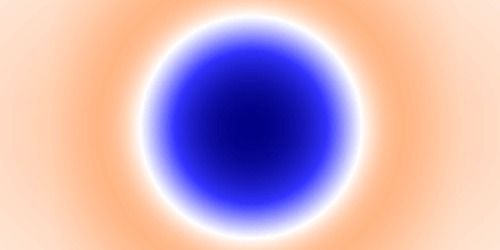An analysis of distortions in the cosmic microwave background reveals information about the gas inside large voids in space.
Galaxies tend to be the standouts in astronomy. But researchers are finding there is plenty to learn from studying cosmic voids—swaths of mostly empty space, hundreds of millions of light years across. The temperature and pressure of the gas in voids could, for example, provide clues to how energy cycles through the cosmos. David Alonso, of the University of Oxford in the UK, and colleagues have now taken one of the first steps toward determining these gas properties by analyzing how the gas distorts light from the early Universe.
The cosmic microwave background (CMB) is the first light released into the cosmos, roughly 380,000 years after the big bang. Intergalactic gas boosts the energy of photons from the CMB, and this distortion is a powerful probe of the gas in galaxy clusters. But no one has yet used it to study voids. Alonso’s team combined maps of the CMB with images of 774 cosmic voids. The researchers then deduced the properties of the gas within each void by comparing the measured energy of the CMB photons to models of the electron pressure in voids.
